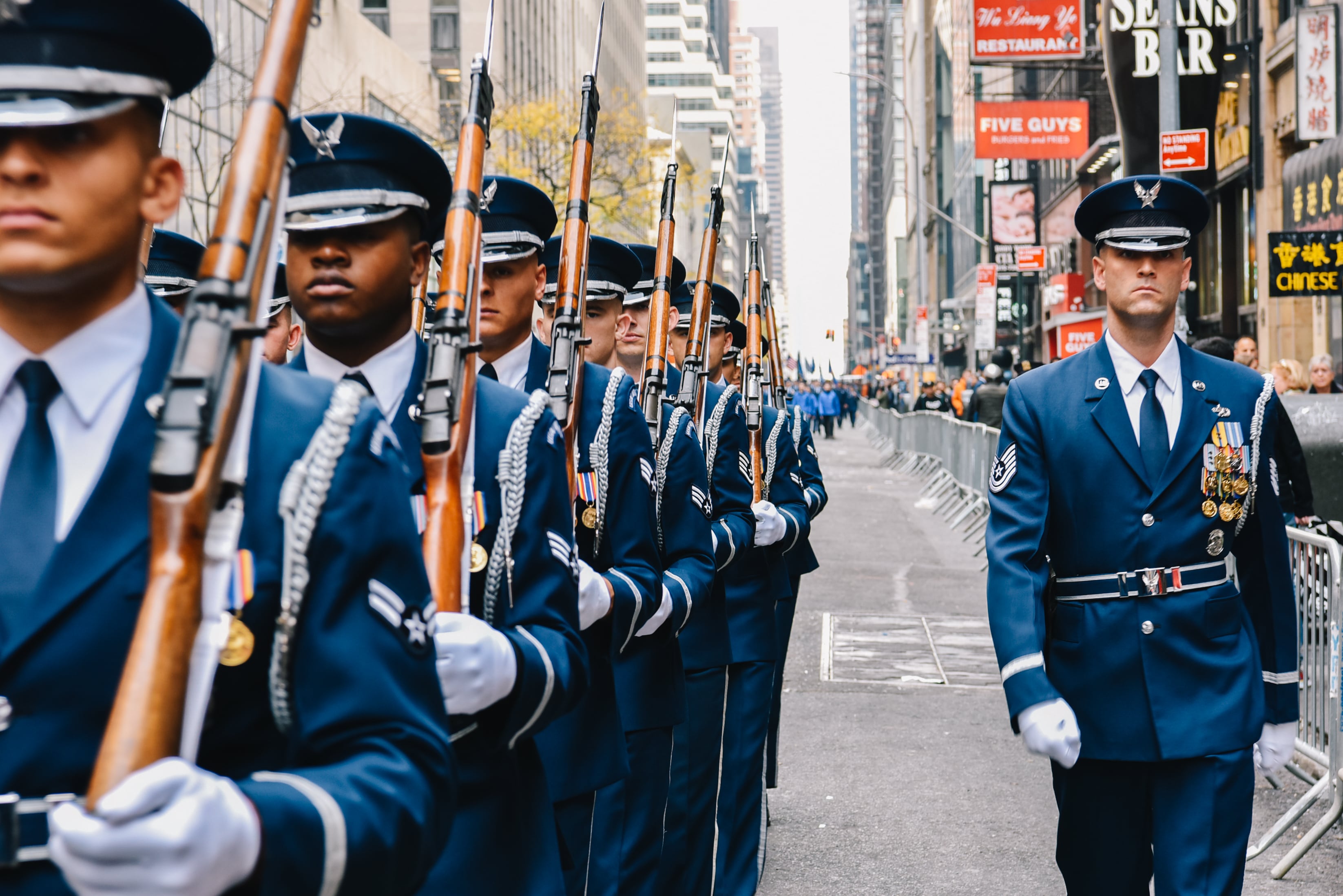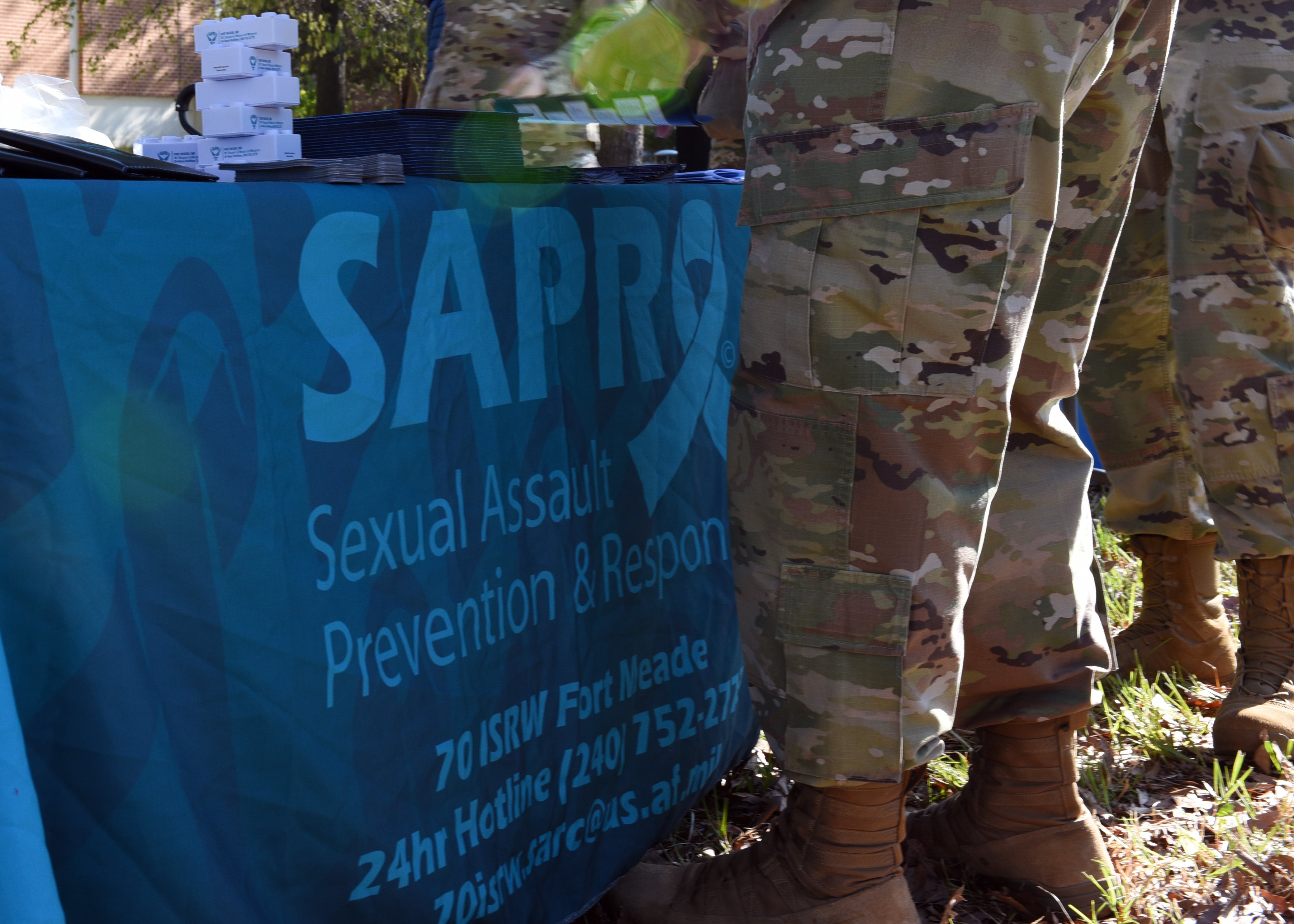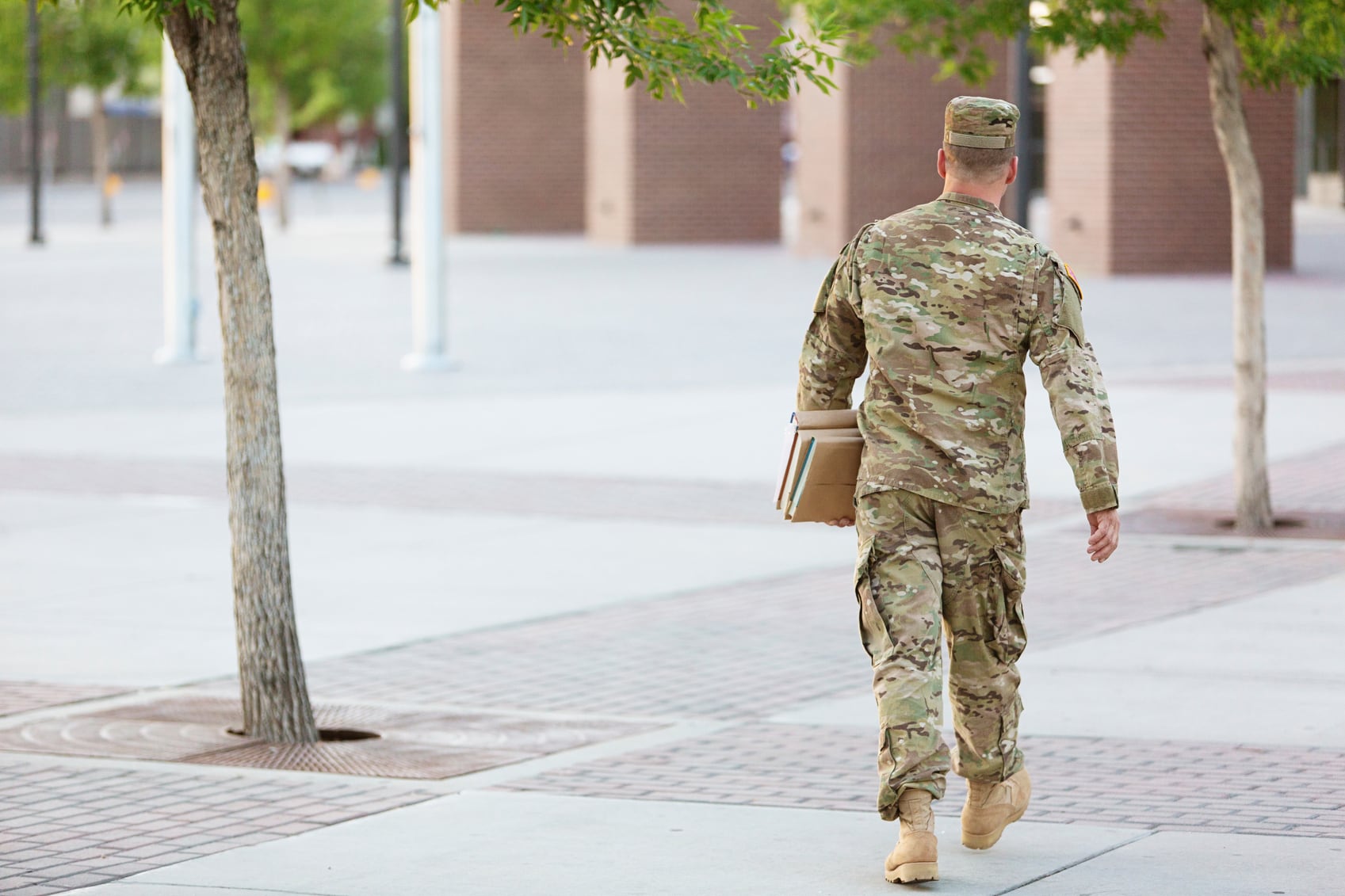The U.S. military's Operation Atlantic Resolve will expand into Romania and Bulgaria beginning in late March amid continued fighting and increased tensions in the region.
"Think of Operation Atlantic Resolve as a yearlong, continuous series of exercises from Estonia to Bulgaria," said Lt. Gen. Frederick "Ben" Hodges, commanding general of U.S. Army Europe.
Operation Atlantic Resolve was launched last April in the three Baltic States and Poland as a way for the United States to demonstrate its commitment to NATO as the region faced a new but familiar threat.
The addition of Romania and Bulgaria brings the number of soldiers conducting Atlantic Resolve training and exercises to about 1,900, up from about 900 now, officials from U.S. Army Europe said.
In the last 11 months, Russia has annexed the Crimea region, secured a vital port in the Black Sea and sponsored a civil war in Eastern Ukraine that has claimed thousands of lives – all within a few hundred miles of NATO's borders.
A recent cease-fire between Ukrainian forces and Russia-backed rebels did not hold, with continued fighting around Debaltseve, a heavily contested railway hub in eastern Ukraine.
"What needs to happen is Moscow needs to abide by the agreement it signed up to and remove their heavy weapons and the Russian forces from Eastern Ukraine and respect the territorial sovereignty of Ukraine," Pentagon Press Secretary Rear Adm. John Kirby said Wednesday.
The U.S. military will "continue to reassure our allies and partners in NATO through continued exercises, presence, Black Sea air policing," Kirby said.
The Army is expanding Operation Atlantic Resolve "for the purpose of assurance to those allies as well," Hodges said.
The Russians "illegally annexed Crimea," and they are now working to "fracture" the NATO alliance by "using all aspects of national power to create friction," Hodges said.
"I am sure that their No. 1 objective is to fracture the alliance, to put a wedge between the U.S. and Europe, and then, if they can, separate the different parts of Europe from each other," he said. "If countries don't believe fellow members would respond in an Article 5 situation, then they've really created a serious crack in the alliance and what it stands for."
Article 5 in the North Atlantic Treaty states that an attack on one member is an attack on all, and is "the core of what NATO is all about," Hodges said.
The task in front of NATO — and the U.S. — now is to assure its allies closest to Russia, Hodges said.
In March, soldiers from 3rd Squadron, 2nd Cavalry Regiment, who are currently supporting Operation Atlantic Resolve in Estonia, Latvia, Lithuania and Poland, will conduct Operation Dragoon Ride and "road march" their Strykers back to home station in Vilseck, Germany.
For the soldiers in Estonia, the farthest away, the ride will take seven to 10 days and span more than 1,800 kilometers, or more than 1,100 miles, Hodges said.
The ride, which will be a first for many soldiers, represents a "great" leader development opportunity and tests the unit's maintenance abilities, Hodges said.
It also will test the Army's ability to freely move from one country to another while providing a "very visible" show of assurance to local residents, he said.
In April, paratroopers from the 173rd Airborne Brigade Combat Team in Vicenza, Italy, will jump into Romania and Bulgaria. They will be replaced by about 1,000 soldiers from the 2nd Cavalry Regiment and 1st Brigade Combat Team, 3rd Infantry Division.
Operation Atlantic Resolve will continue in Estonia, Latvia, Lithuania and Poland with about 900 soldiers from 1st BCT, 3rd Infantry, who are rotating in from Fort Stewart, Georgia, as part of the Army's regionally aligned forces concept.
As these company-sized units conduct training and exercises with their partners in those six countries, a mission command element of about 90 soldiers from 4th Infantry Division headquarters will provide the command, control and oversight, Hodges said.
In addition to growing Operation Atlantic Resolve, the Army also is rebuilding its equipment in the region.
In 2013, the Army shipped its tanks and Bradleys back to the United States, marking the end of an era that began 70 years ago during World War II. At its peak, Germany was home to 20 U.S. armored divisions, or about 6,000 tanks.
Today, the Army has a European Activity Set that contains about a battalion's worth of heavy equipment, including 29 Abrams tanks and 33 Bradleys. This set is meant to be used by troops coming into the region from the United States.
By the end of January 2016, the Army plans to grow that set to a brigade's worth – that's about 220 Abrams tanks and Bradleys, Hodges said.
The vehicles will arrive in Europe in waves, with the second battalion's worth scheduled to arrive in March with soldiers from 1st BCT, 3rd Infantry Division.
"This equipment is getting harvested from units," Hodges said, adding that the equipment will be moved around as the Army reorganizes its brigade combat teams.
Growing the Army's equipment set in Europe is cheaper in the long run, assures America's allies and allows the service to respond more quickly if needed, Hodges said.
What has not been determined is where this additional equipment will be stored, Hodges said.
Some equipment could be stationed in Germany, while the rest is stored in the Baltics, or all of it could be in one location, he said.
U.S. Army Europe has survey teams looking at various locations in the Baltic States, Poland, Romania and Bulgaria, he said. Hodges said he expects to have recommendations in mid-March for Air Force Gen. Philip Breedlove, commander of U.S. European Command and Supreme Allied Commander, Europe.
"The potential host nation has to want it, the U.S. ambassador in that country must want it, and it needs to make sense for us," Hodges said. "Is it efficient for training? Does it support [EUCOM]? Everything's on the table."
Michelle Tan is the editor of Army Times and Air Force Times. She has covered the military for Military Times since 2005, and has embedded with U.S. troops in Iraq, Afghanistan, Kuwait, Haiti, Gabon and the Horn of Africa.





